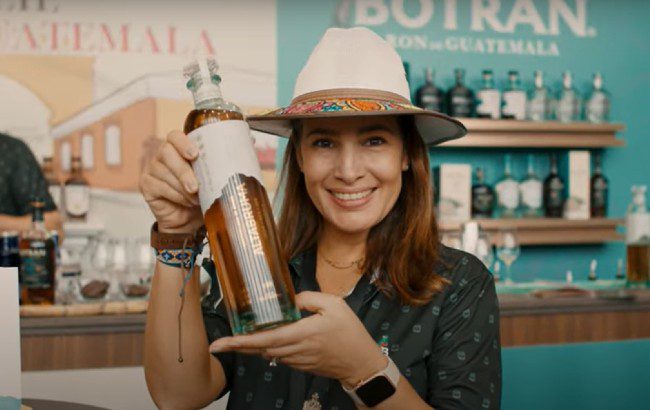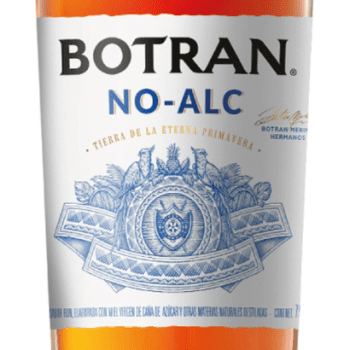This website uses cookies so that we can provide you with the best user experience possible. Cookie information is stored in your browser and performs functions such as recognising you when you return to our website and helping our team to understand which sections of the website you find most interesting and useful.
Guatemalan Spirits on six years of growth
By Melita KielyWith six consecutive years of double-digit growth under its belt, Guatemalan Spirits is bullish about its prospects. We spoke to Alexandra Alfaro, global marketing director, about the company’s past, present and future.

Overall, what was 2023 like for Guatemalan Spirits?
For the company as a whole, it was a good year. However, it did come with many obstacles along the way. In Guatemala, we had elections last year and whenever there’s a change in politics, it usually comes with a bit of unrest. So we experienced a little bit of that towards the end of the year. There was a bit of uncertainty about how the year would close; fortunately, we were able to catch up in the high season, which is November and December.
The other difficulty we had to deal with last year, both in the national and international business, was the lack of glass – there was a global shortage of glass. That began impacting around the first quarter of the year.
We managed to overcome both obstacles, which had a significant impact, and we closed the year above budget – which is great, as Guatemala is a little over two-thirds of our total business.
In the international scope, we saw economic slowdown and a slowdown in demand in several geographies across the globe, particularly in Europe, and a little bit in Central America. We compensated that by getting into new markets and we managed to introduce new brands into the duty free channels. We are already completely overcoming the Covid pandemic era, so we’re very happy about the performance in duty free. Also, North America is a very promising market for us right now. There is quite a trend there for premium rums and high-end brands.
Can you tell us more about the demand you’re seeing for more premium, higher-end rums?
When I talk about premiumisation, I talk about different stages of premiumisation because premiumisation of the rum category in Europe is very different to the situation in the US, for example. In North America, the rum market is quite sizeable – it’s one of the top five markets in the world. Six or seven years ago, my perception is much of that interest was for standard rums. What we are seeing in North America is a gradual interest to deep dive into the higher-end of the category, or what I would call more complex products – products with a little more heritage, and with a lot more science going into the development of the liquids.
This is great for brands like Botran. With Botran, we are bringing innovations that have particular science going into their liquids, particular production and ageing methods that allow us to command higher prices – that poses a great opportunity.
I’d say that premiumisation of rum in the European market is like a decade ahead [of the US], but it’s permeating right now into the US. We launched a lot of innovations last year; I think the European consumer is quite avid and quite open and eager to know about the rums.
Are you happy with your portfolio, or do you see potential to acquire brands to fill potential gaps?

Well, we are a company that wants to grow and we want to win – what I mean is we want to become a relevant global player. Of course, first and foremost our priority is to consolidate the brand portfolio that we have. But we are open [to acquisitions]. There are a lot of interesting things happening in the rum category and outside of the rum category. We have had six consecutive years of double-digit growth. There will come a moment when if we want to continue to consolidate growth in other latitudes or other geographies, of course, an M&A [merger and acquisition] is always a way to achieve that and expand our footprint.
Last year, you launched a non-alcoholic version of Botran. What has the reception been like from both trade and consumers?
Some markets are already super open to the non-alcoholic segment. They’re incorporating it into the day-to-day habits of the beverage alcohol industry. The UK, for example, is a market that is very much more developed than other markets. We’re seeing that in Germany as well, and the US. So it really depends by market – some are more open to that trend, and others are more cautious. But overall, we feel the reception has been good, and we are looking forward to delivering more new product innovations this year.

